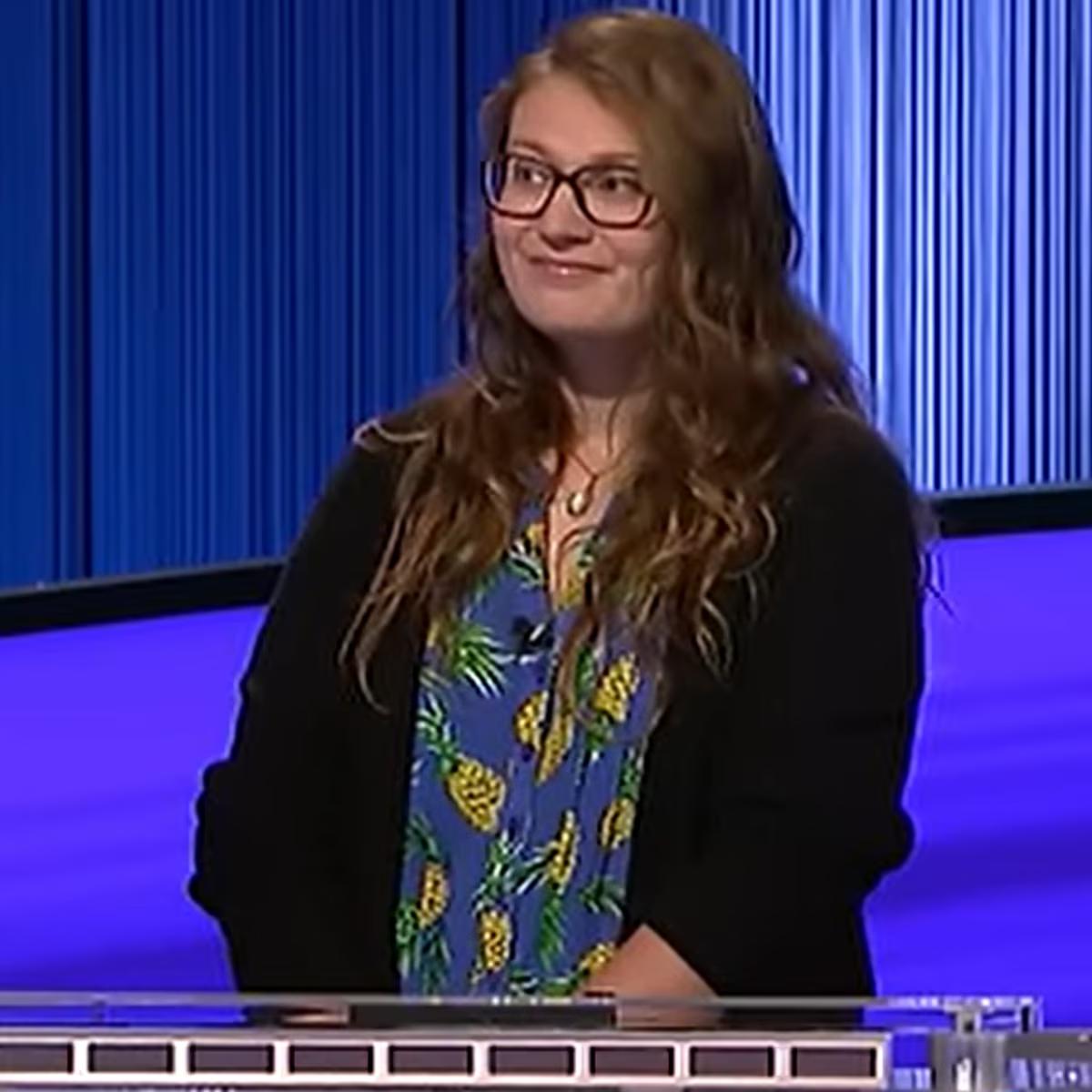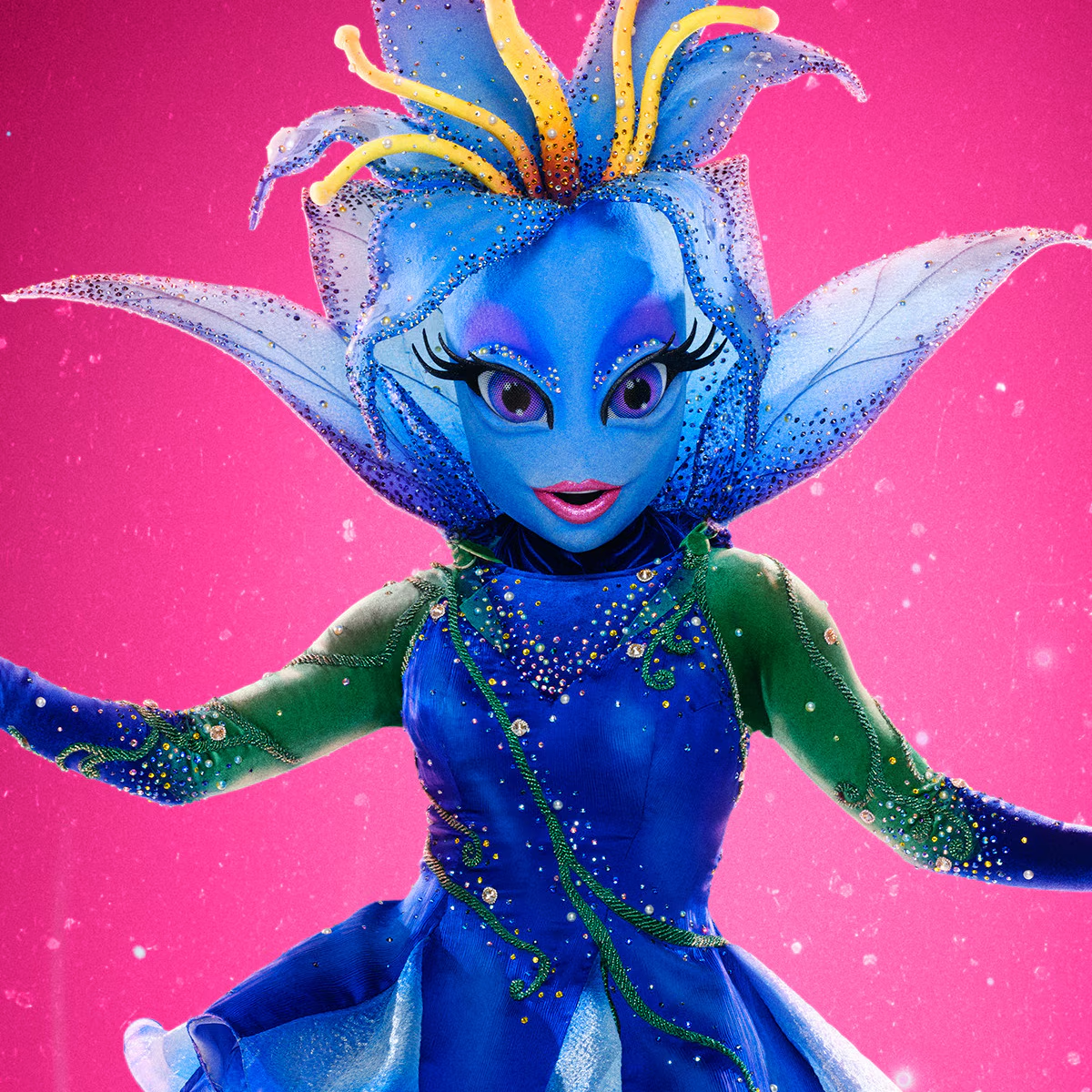An anti-World's Fair makes its case: give land back to Native Americans
From the elevated platform of the 7 train in Queens, New York, a formerly-empty lot now looks like a carnival. There's lights and colorful posters and — wait. Is that a giant, talking beaver?
Yes. Yes, it is.
Bruno is an animatronic beaver — think Disney World — and is talking to Ash, a life-sized, animatronic tree. But their conversation is nothing you'd hear at that theme park in Orlando. Instead, it's in part about the clash between the philosophy underpinning the European understanding of land and the Native American understanding.
"Can you believe [the settlers] actually think that freedom is private property?" the tree exclaims, his face appalled.
The beaver and tree are part of a festive, tongue-in-cheek art installation by New Red Order and commissioned by Creative Time called "The World's UnFair" that has one goal: to convince people to give public and private land back to the people who once occupied it.
"I would just encourage people, if they have the means and ability, to give it back and if they don't, maybe help Indigenous people take it back," said Adam Khalil, a filmmaker and one of the three Indigenous artists behind the exhibit. It runs through mid-October.
Kalil and his brother Zack Khalil, both Chippewa, are two-thirds of what they call the New Red Order, a "public secret society." They are originally from Sault Ste. Marie, Mich... though they currently live in New York City. The third artist, Jackson Polys, is Tlingit and splits his time between Alaska and New York.
Giving land back to Indigenous peoples may....seem unimaginable. But the artists say that helping people imagine the unimaginable is one of the purposes of art.
"What we're interested in here is presenting an Indigenous perspective on what's possible for the future," Zack Khalil said.
The artists hope that the carnival-like atmosphere will draw non-Native people in. A clutch of documentaries — and mockumentaries — make their case. One, situated behind a folding table, is basically a recruitment video for the New Red Order. There's a phone number. There's a website. It calls on "accomplices" to join together with Indigenous people to help reclaim their land.
Another, which plays in a shipping container called the "real estate office," showcases real stories of people, groups and municipalities already doing this. The city of Eureka, Ore., gave over a small island to the Wiyot people. Oakland, Calif., gave about five acres of a park to the Sogorea Te' Land Trust and the Confederated Villages of Lisjan Nation.
The many testimonials (real and fictional ones) do what they are meant to: make the ideas behind it seem reasonable, even a foregone conclusion.
"It's a spectacle, and it's playing with these ideas of Worlds Fairs and fairgrounds and festivals, [but] it is deeply earnest and real," said Diya Vij, who curated the installation for Creative Time. "The ideas are not fiction. It's an invitation to enter, to join, to seek, to take in, to learn, to listen."
Disclaimer: The copyright of this article belongs to the original author. Reposting this article is solely for the purpose of information dissemination and does not constitute any investment advice. If there is any infringement, please contact us immediately. We will make corrections or deletions as necessary. Thank you.







